Microsensor MPM380 User manual
Other Microsensor Measuring Instrument manuals
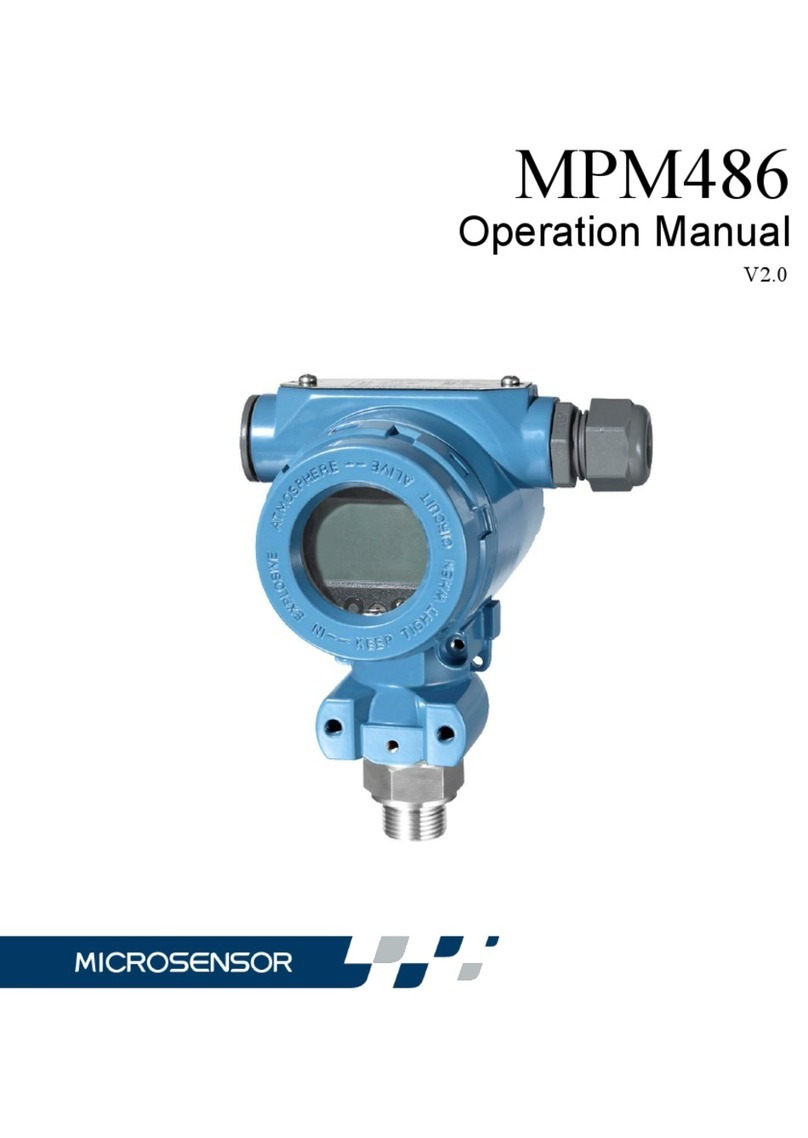
Microsensor
Microsensor MPM486 User manual
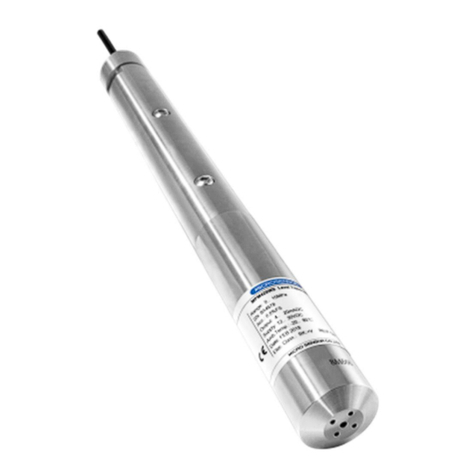
Microsensor
Microsensor MPM426WS User manual
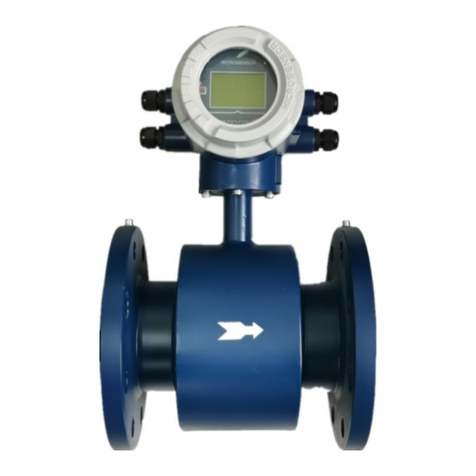
Microsensor
Microsensor MFE600H Series User manual

Microsensor
Microsensor MDM7000 User manual
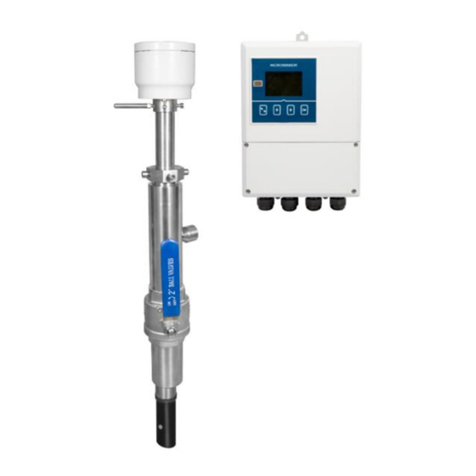
Microsensor
Microsensor MFE600C User manual
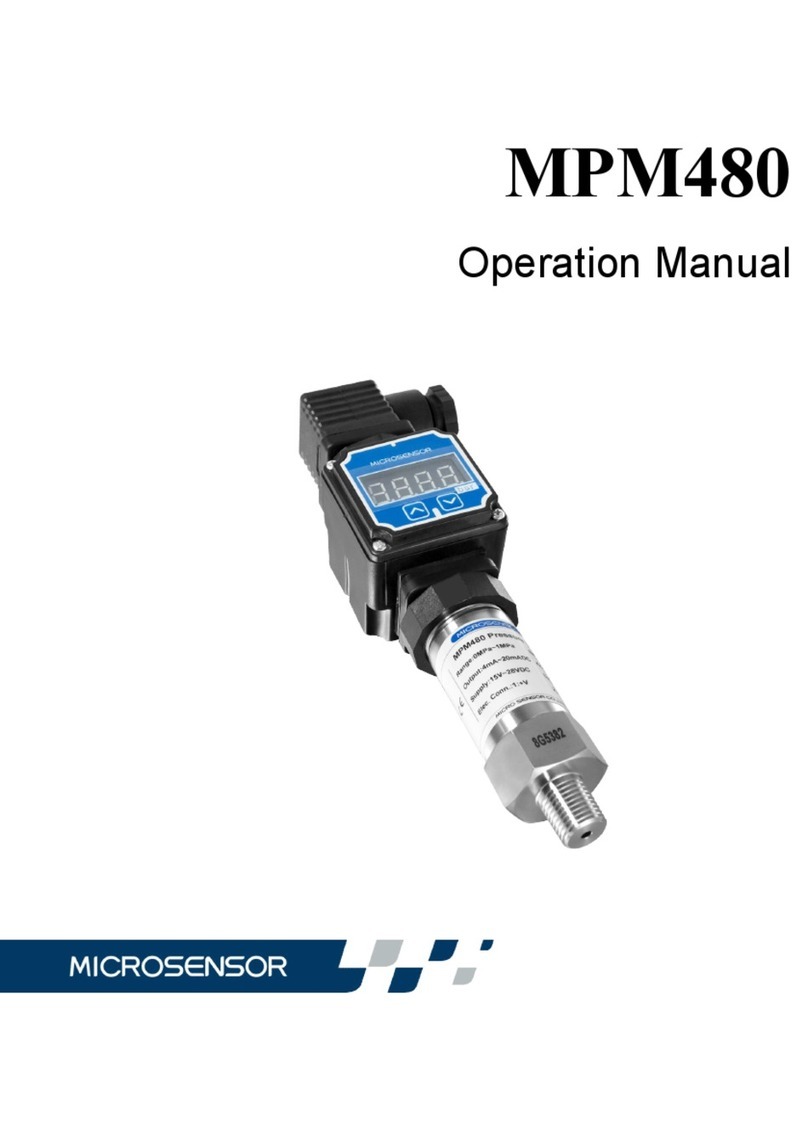
Microsensor
Microsensor MPM480 User manual
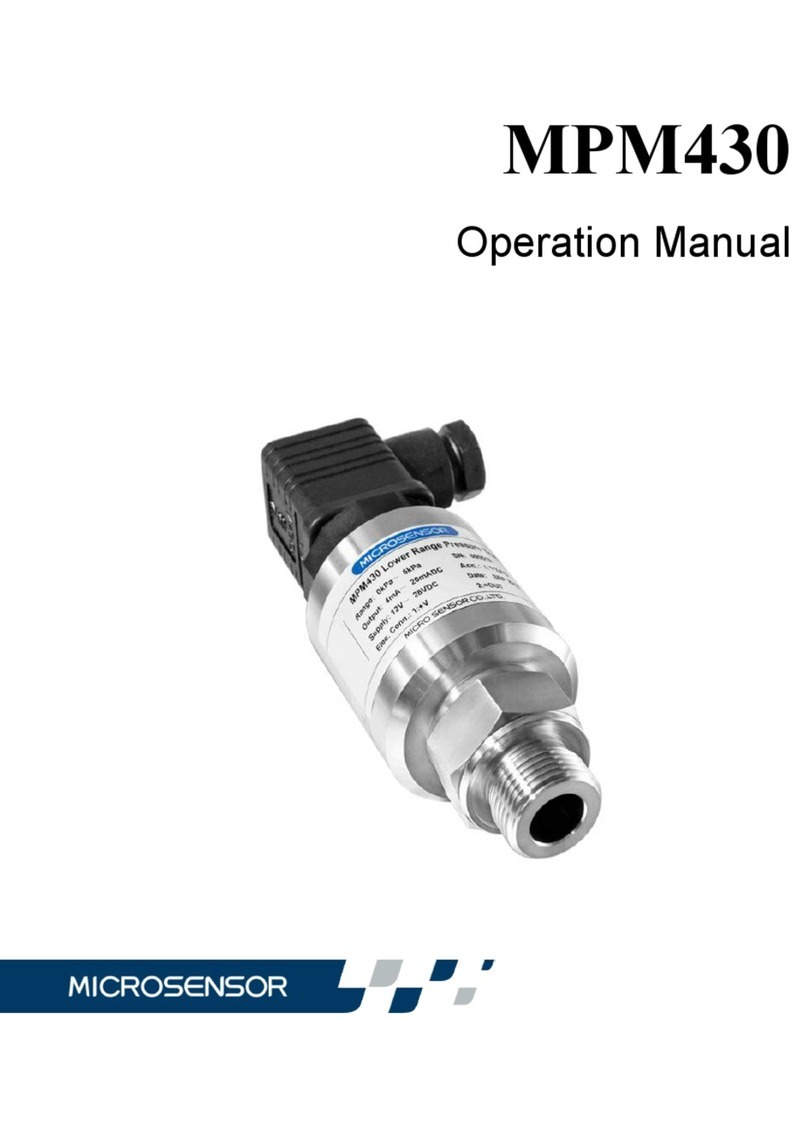
Microsensor
Microsensor MPM430 User manual
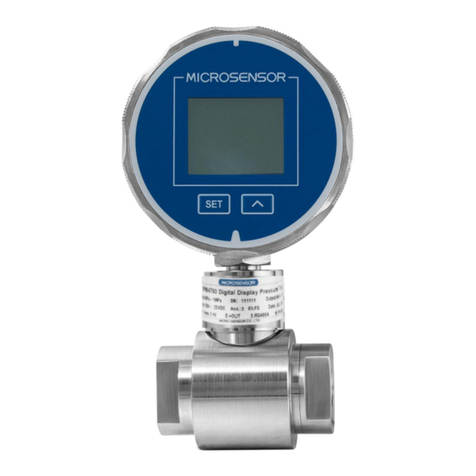
Microsensor
Microsensor MPM User manual
Popular Measuring Instrument manuals by other brands

Powerfix Profi
Powerfix Profi 278296 Operation and safety notes

Test Equipment Depot
Test Equipment Depot GVT-427B user manual

Fieldpiece
Fieldpiece ACH Operator's manual

FLYSURFER
FLYSURFER VIRON3 user manual

GMW
GMW TG uni 1 operating manual

Downeaster
Downeaster Wind & Weather Medallion Series instruction manual

Hanna Instruments
Hanna Instruments HI96725C instruction manual

Nokeval
Nokeval KMR260 quick guide

HOKUYO AUTOMATIC
HOKUYO AUTOMATIC UBG-05LN instruction manual

Fluke
Fluke 96000 Series Operator's manual

Test Products International
Test Products International SP565 user manual

General Sleep
General Sleep Zmachine Insight+ DT-200 Service manual














